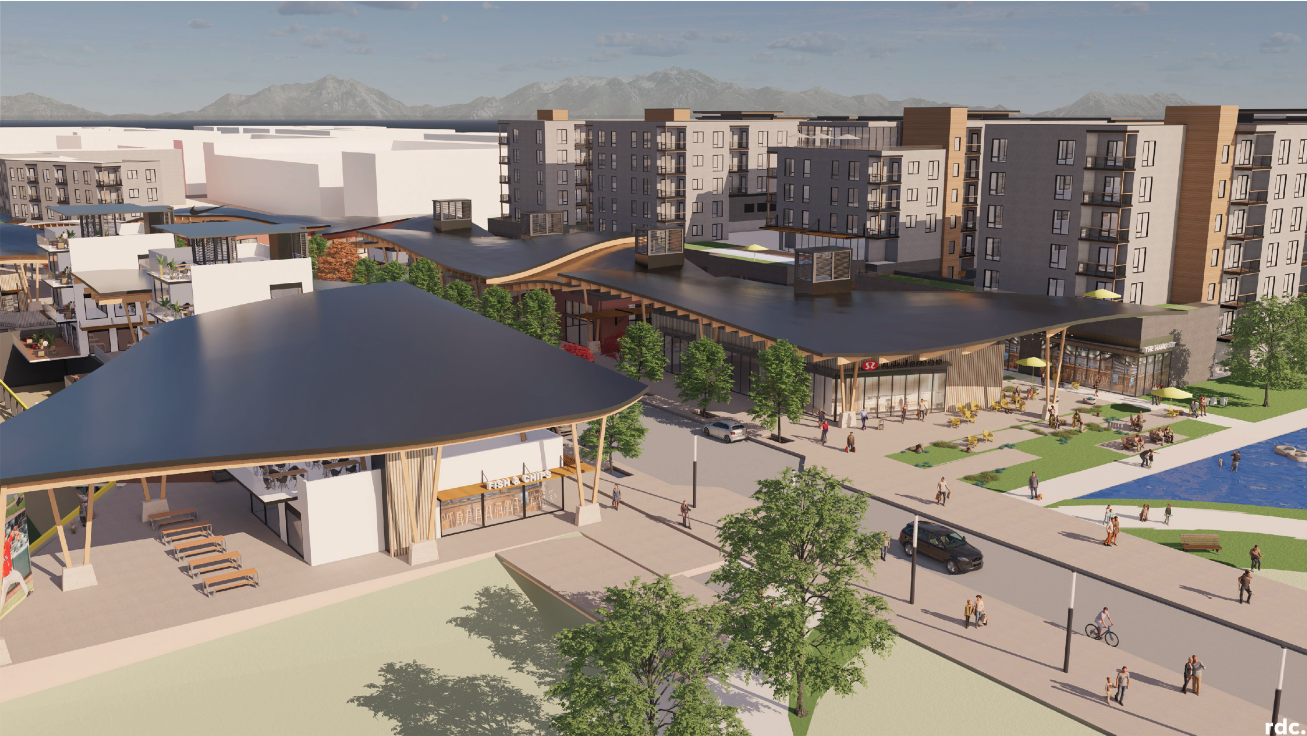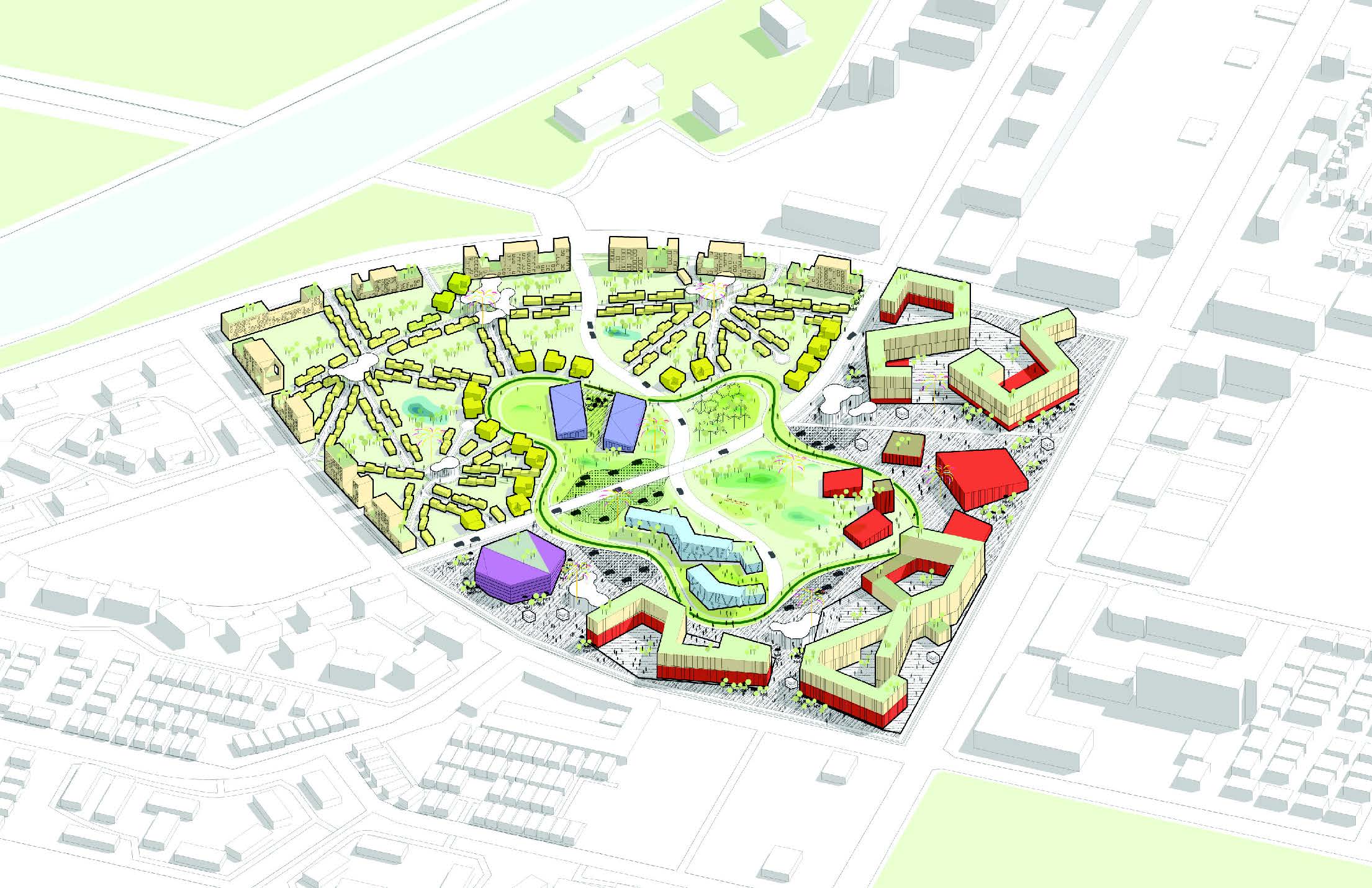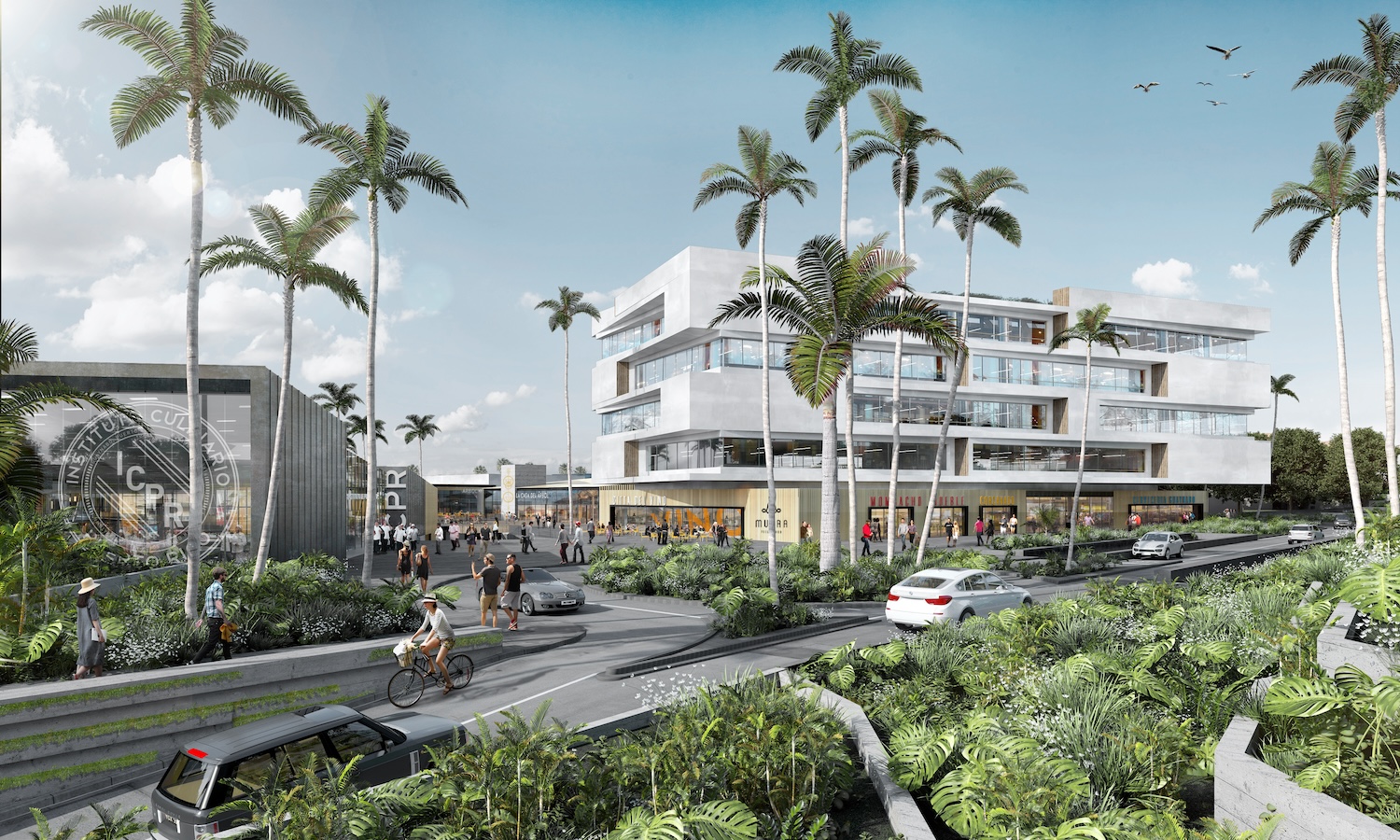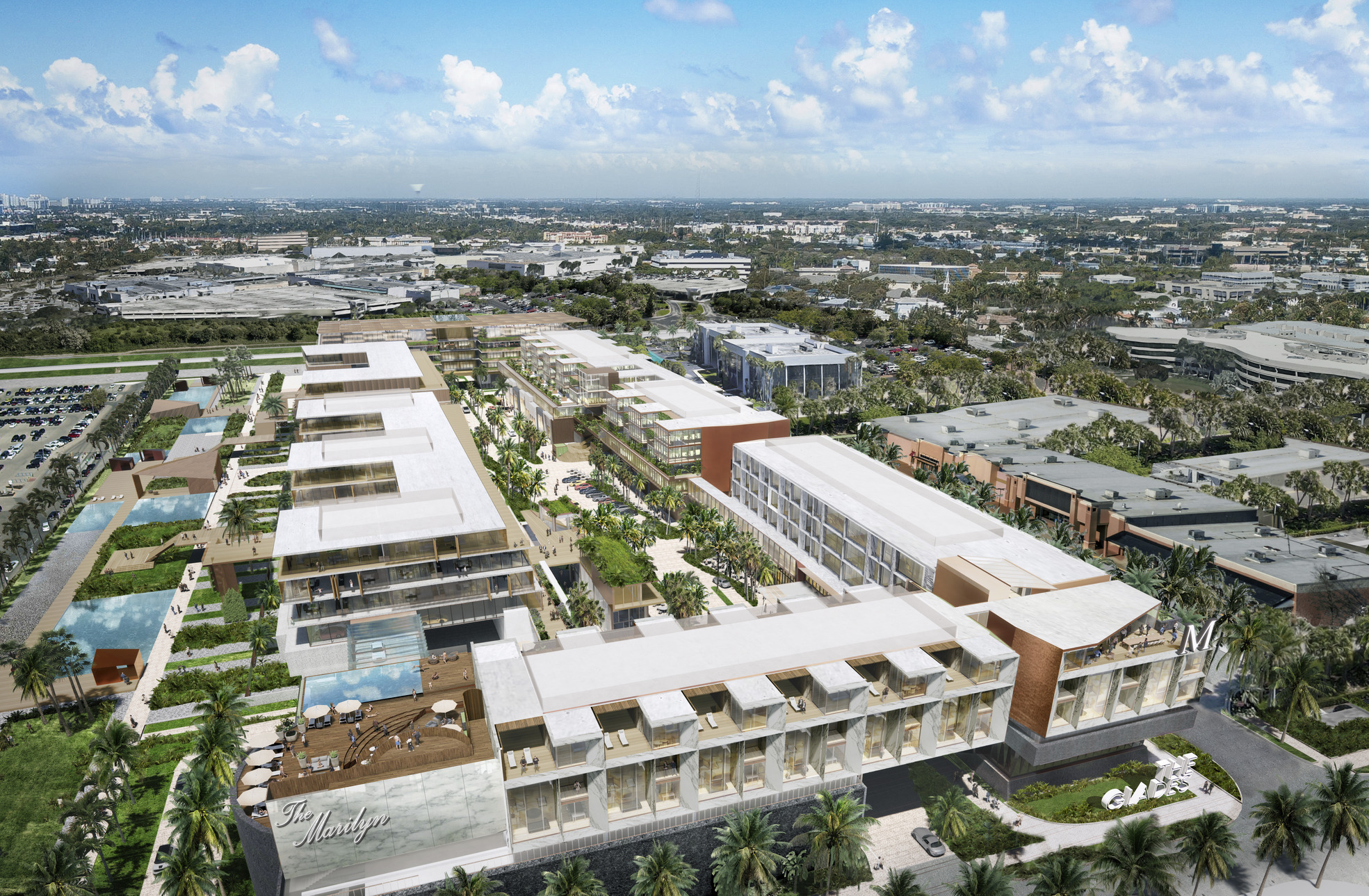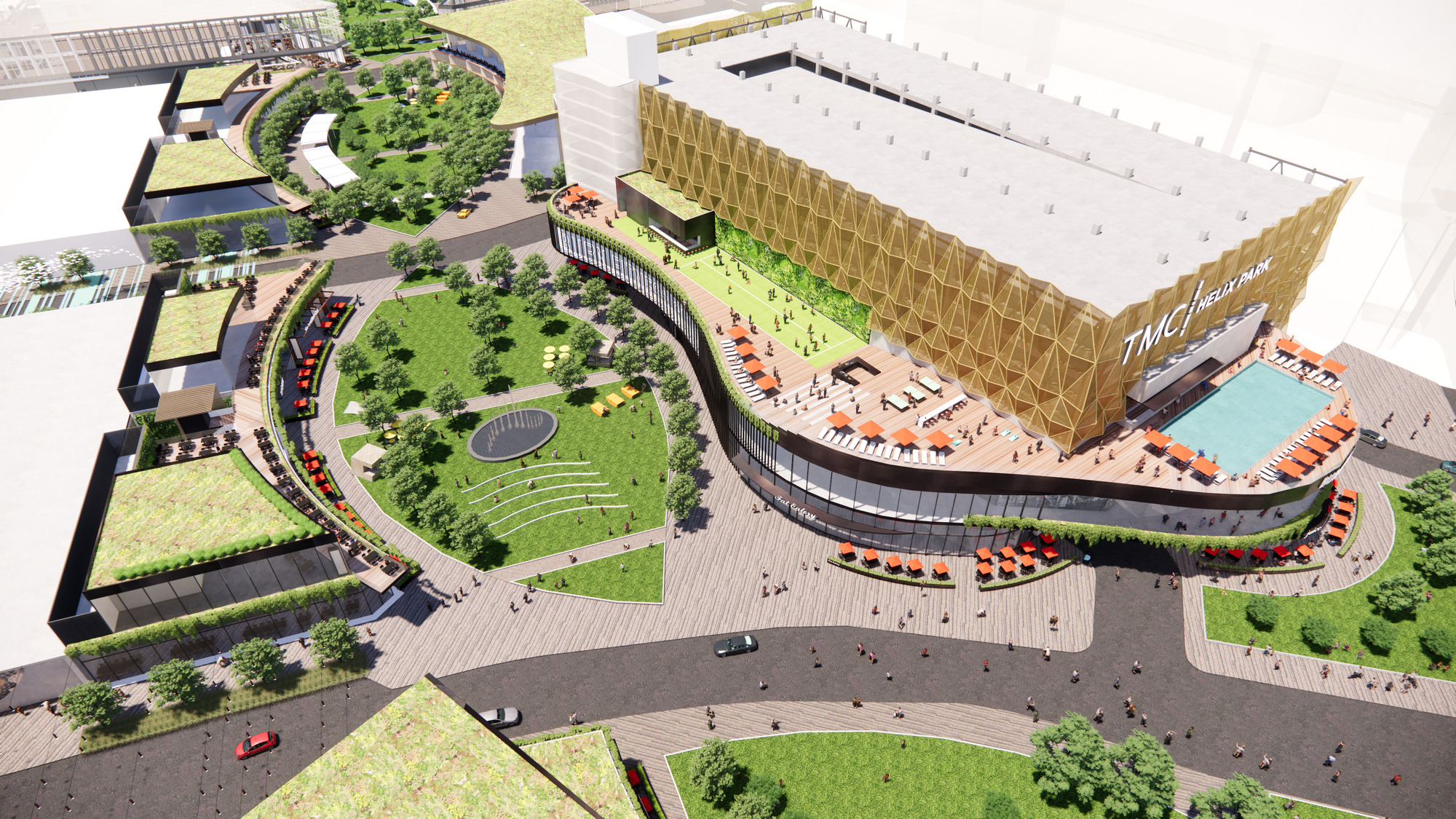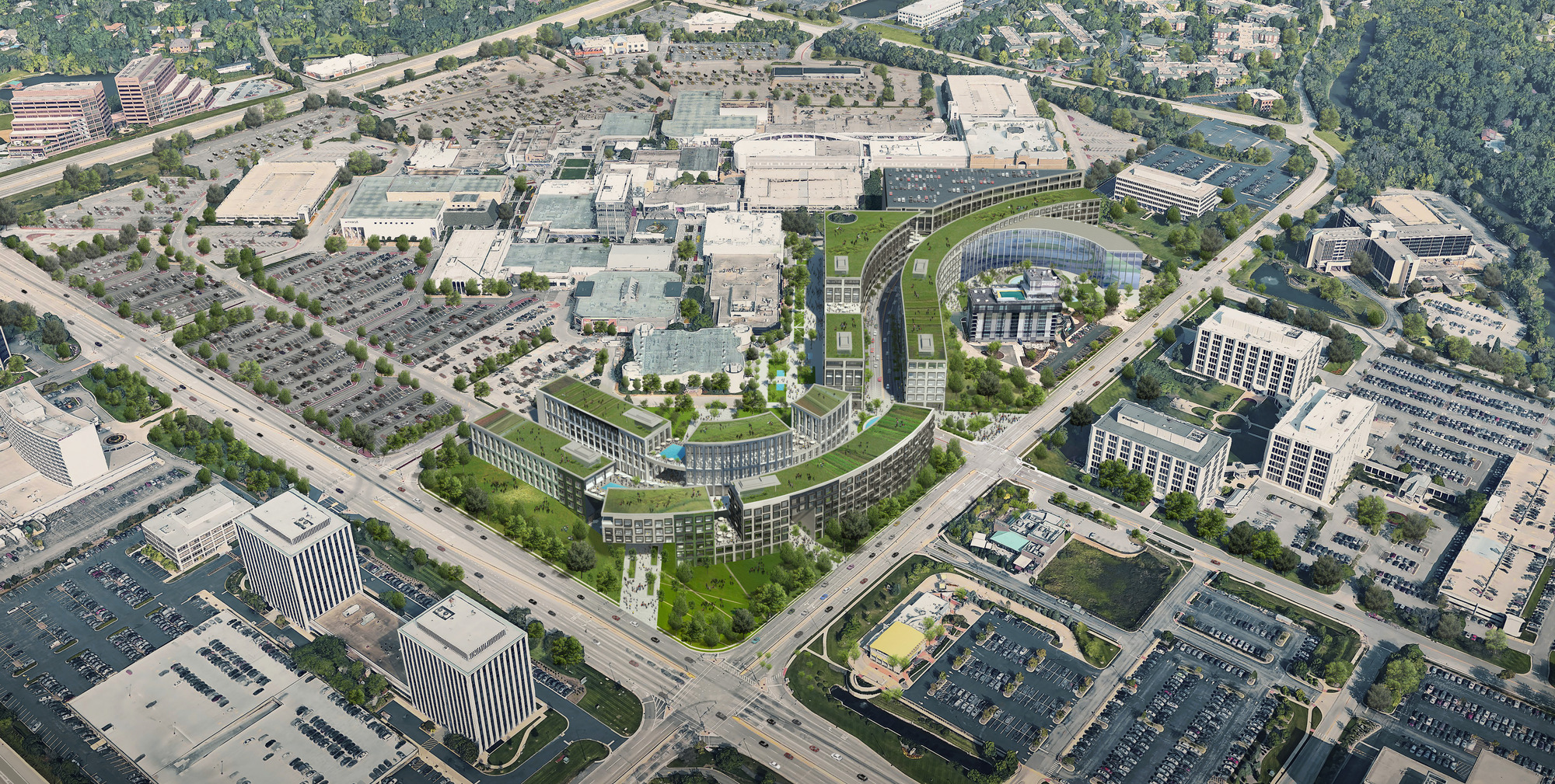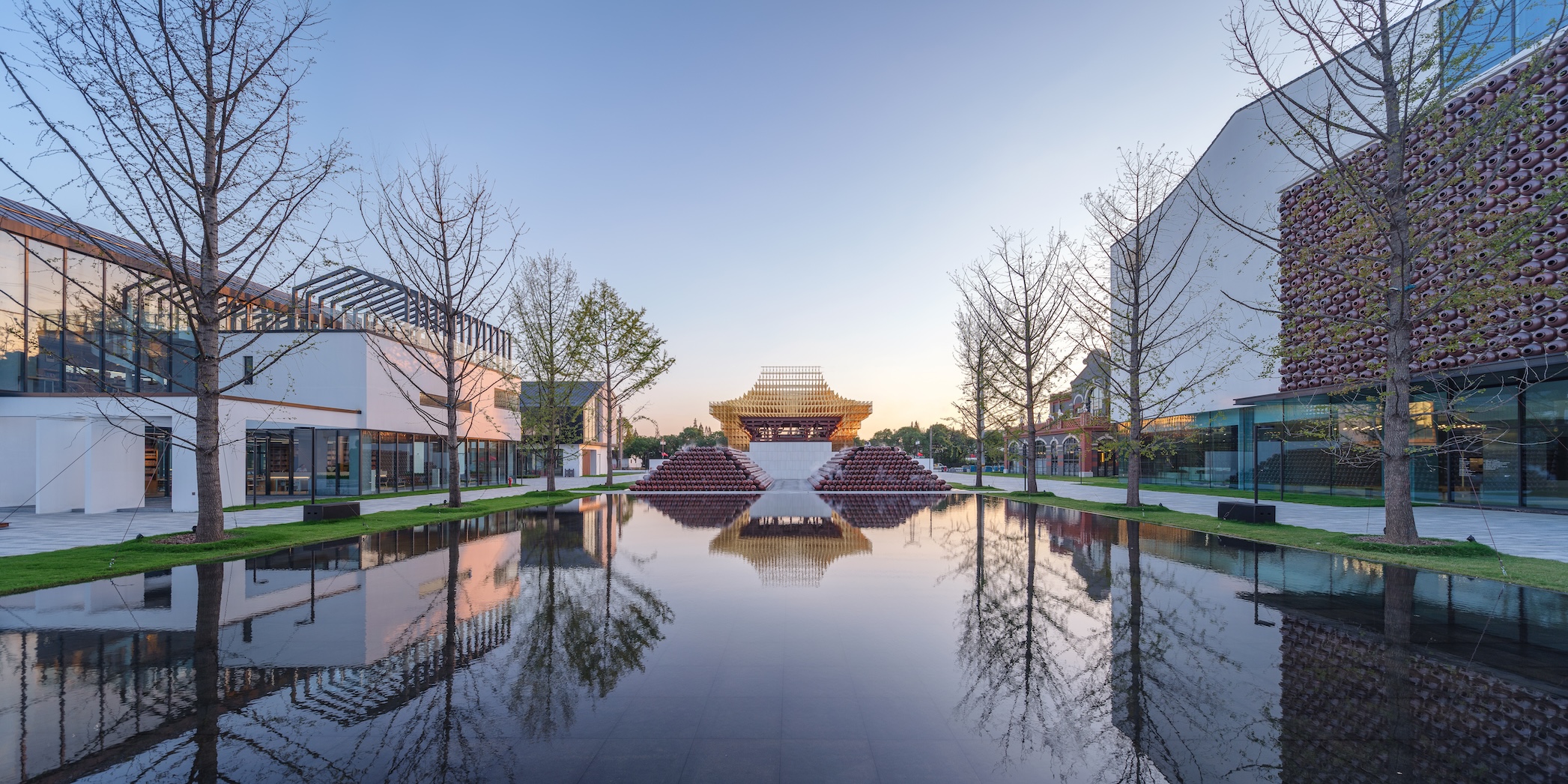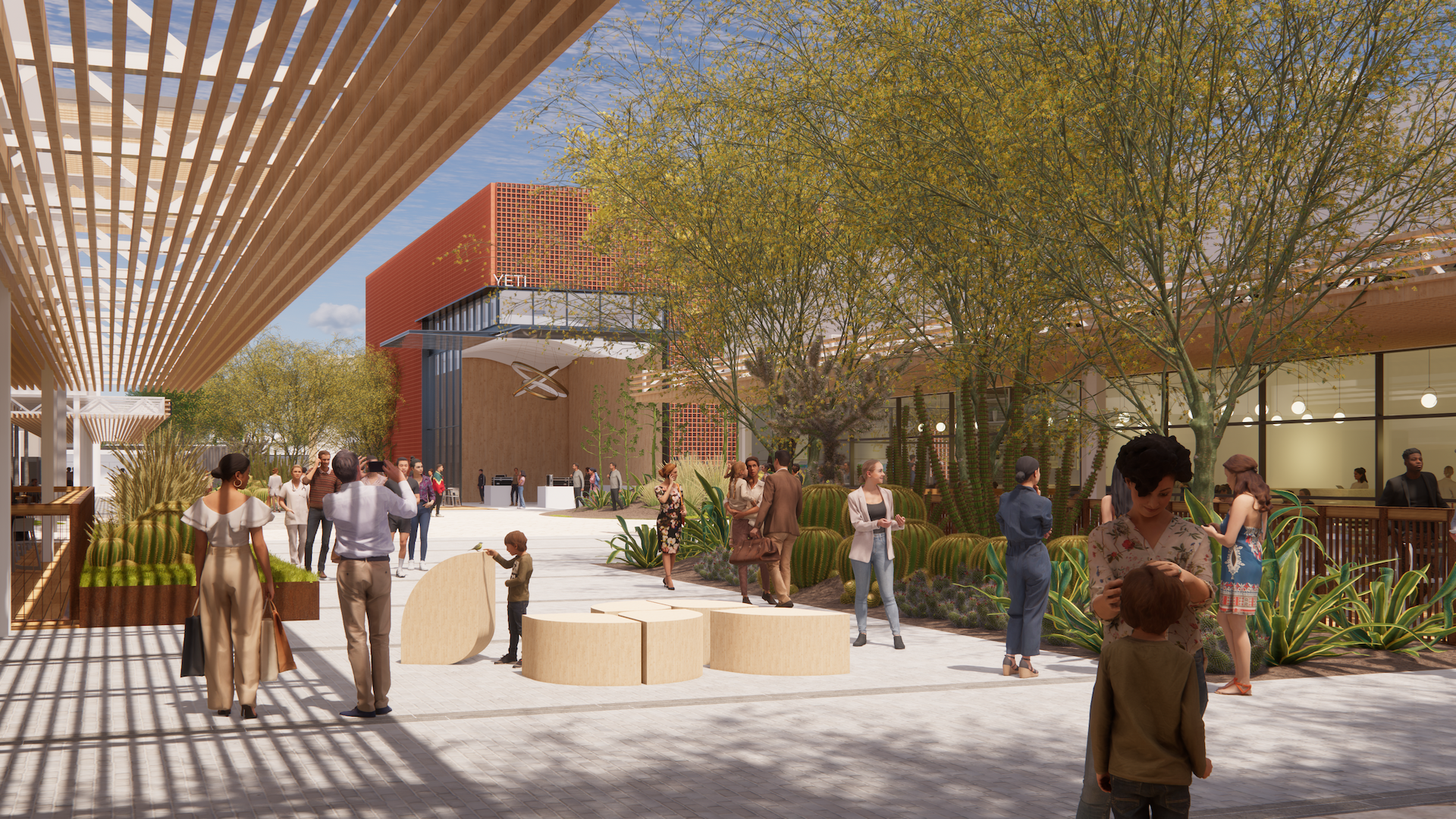Services
Master Planning
Creating Vibrant, Interconnected Communities
Planning is for people. RDC’s master planning work group is dedicated to facilitating extraordinary experiences by embracing the diversity in users and stakeholders. People make great places, and working with private developers, our role is to facilitate solutions for the use of the public and private realm beginning with research and community outreach. Ultimately, we provide design solutions that prioritize uniqueness of experience and draw on the perspective of our international practice. RDC’s team members are experienced in creating districts of the future where values of timeless design, equity, sustainability, mobility, and sense of place are paramount.
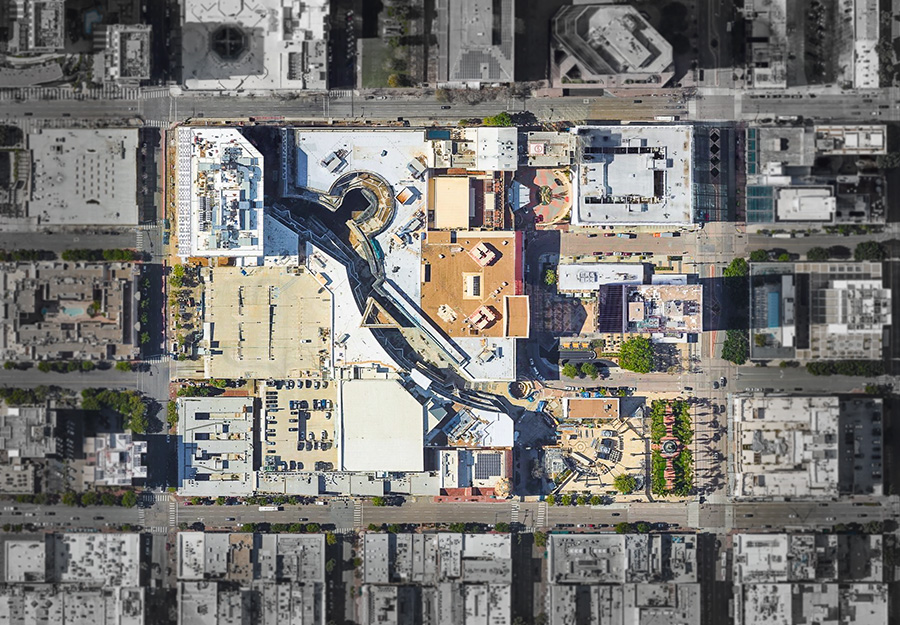
A Bespoke Approach to Every Project
What sets RDC apart is our commitment to doing things differently. With trained professionals who deeply care about your project, we provide bespoke, individualized attention, ensuring that every project receives the unique treatment it deserves. With RDC, you’re not just another project on the list; you’re our priority. We don’t believe in standardized approaches; instead, we offer an individualized touch that ensures your project receives the attention it deserves.
When you choose RDC, you’re not just hiring an architecture firm; you’re gaining a partner who is as invested in your success as you are.
A Team Committed to Elevating Your Vision
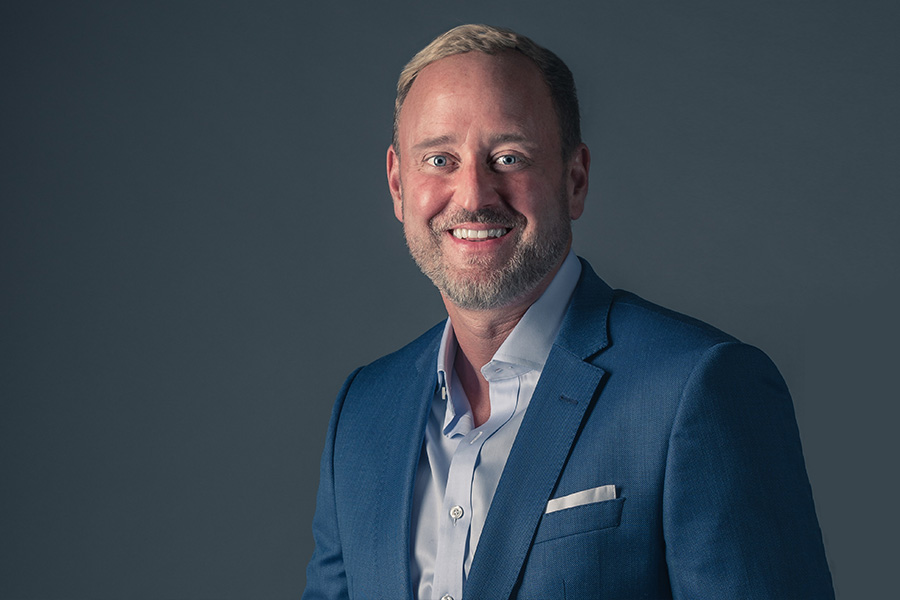
Sean Slater, AIA
Sean Slater is the leader of RDC’s San Diego office where he serves as Principal-in-Charge for several high-profile projects. He is a Senior Principal of the firm’s Placemaking group, collaborating firmwide with architects, planners and interior designers on mixed-use development.
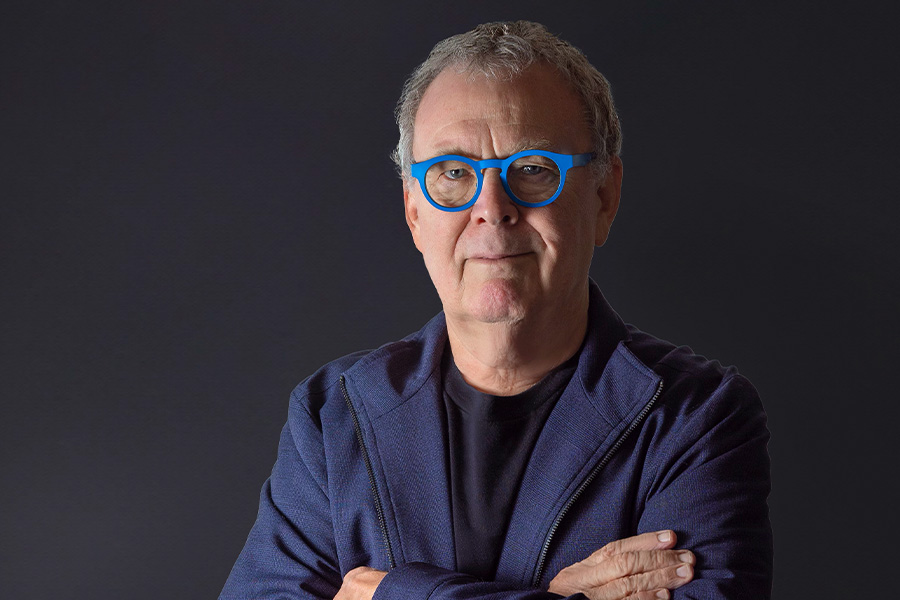
Frank Wolden
Over the past 30 years Frank Wolden has led the design of major urban projects in the United States and abroad. The uniqueness of his approach comes in providing a conceptual foundation and design process for projects that creatively engage architecture in the making of new urban spaces.
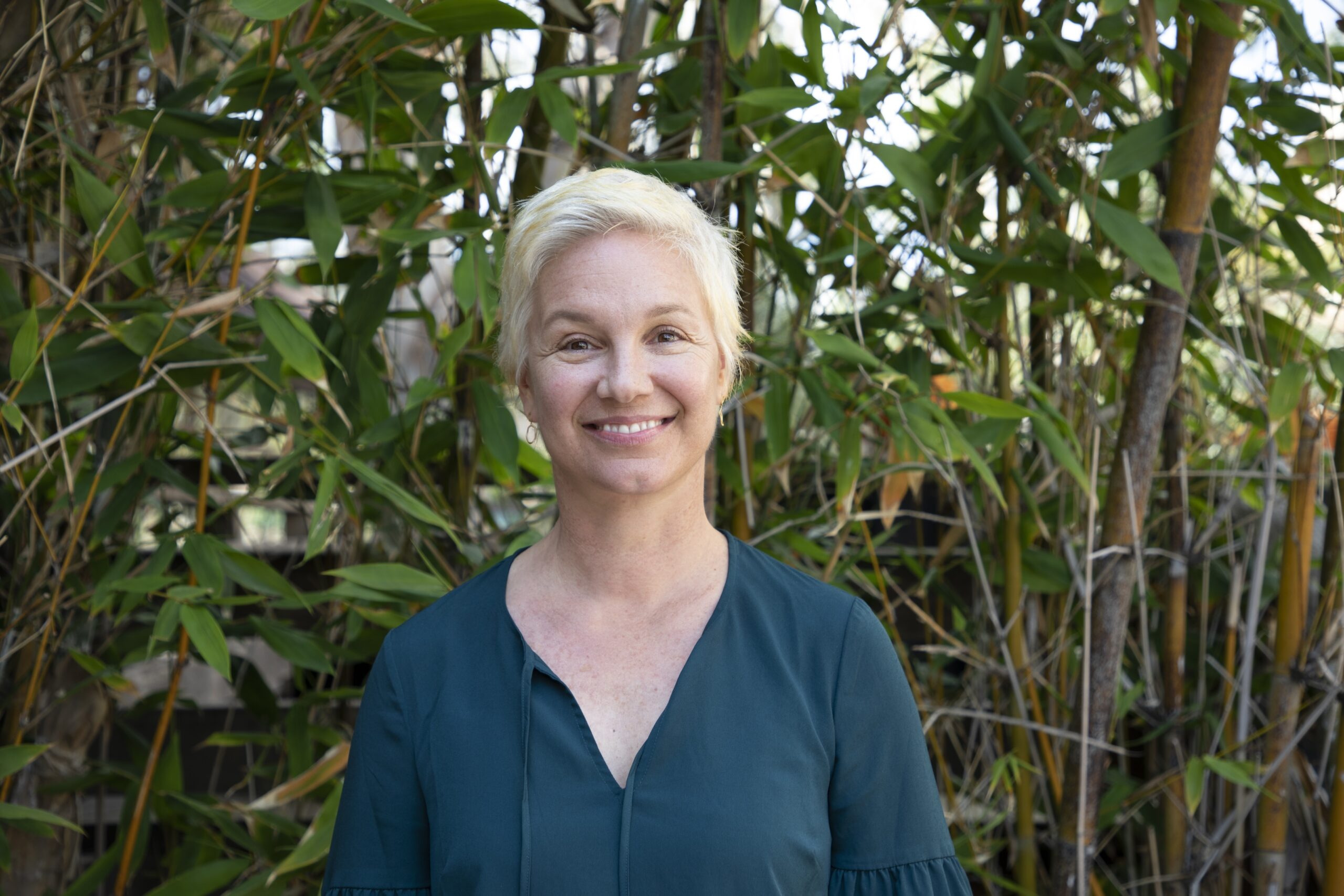
Barbara Jetzer
Barbara Jetzer is an Architect and Urban Designer with extensive experience in urban architecture and design. Her creative capabilities range from large scale planning and urban design, to mixed-use architecture, street-scapes, and public spaces.
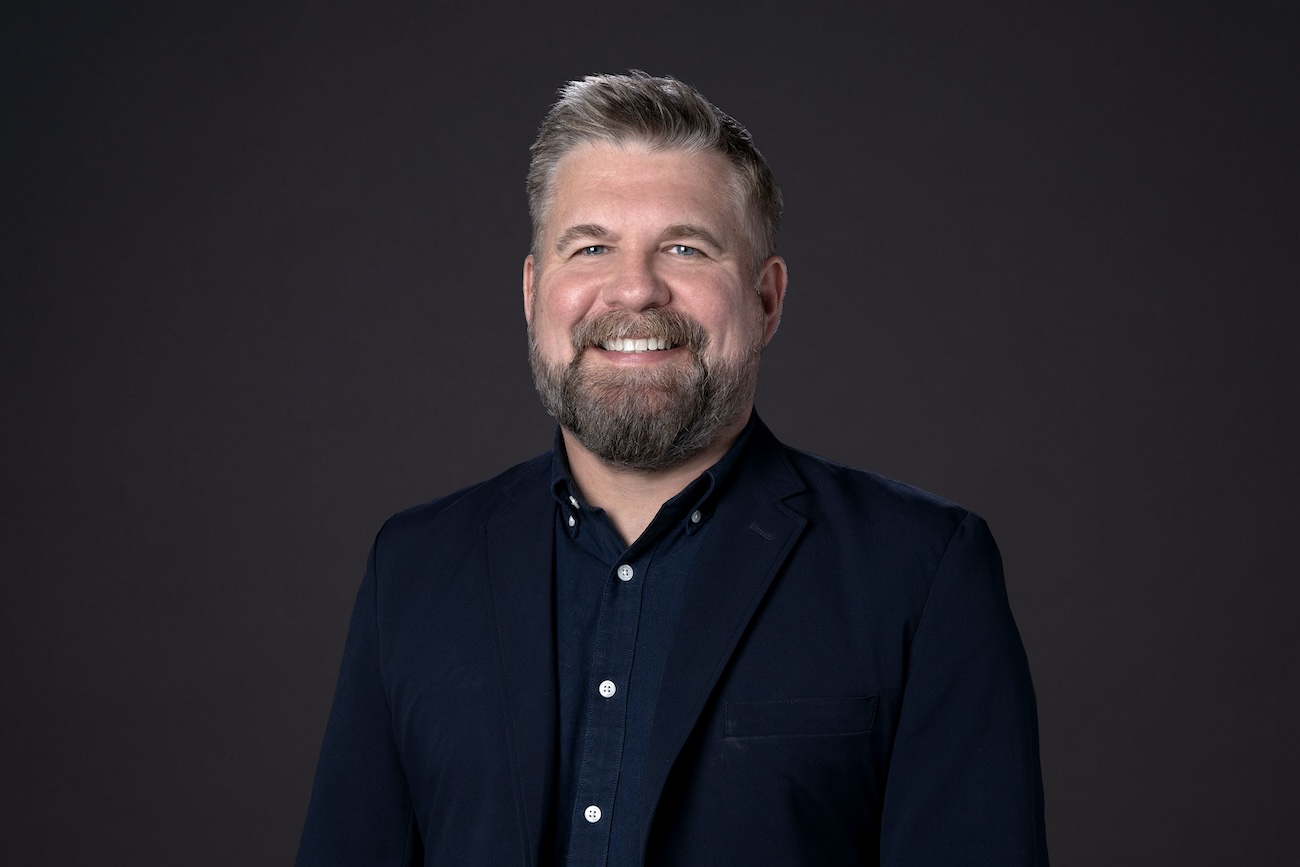
Robert Lisauskus, AIA, LEED AP
Robert Lisauskas, AIA, LEED AP, serves as Principal in the firm’s place making studio. He offers more than two decades of experience with noteworthy master planning and mixed-use architecture.
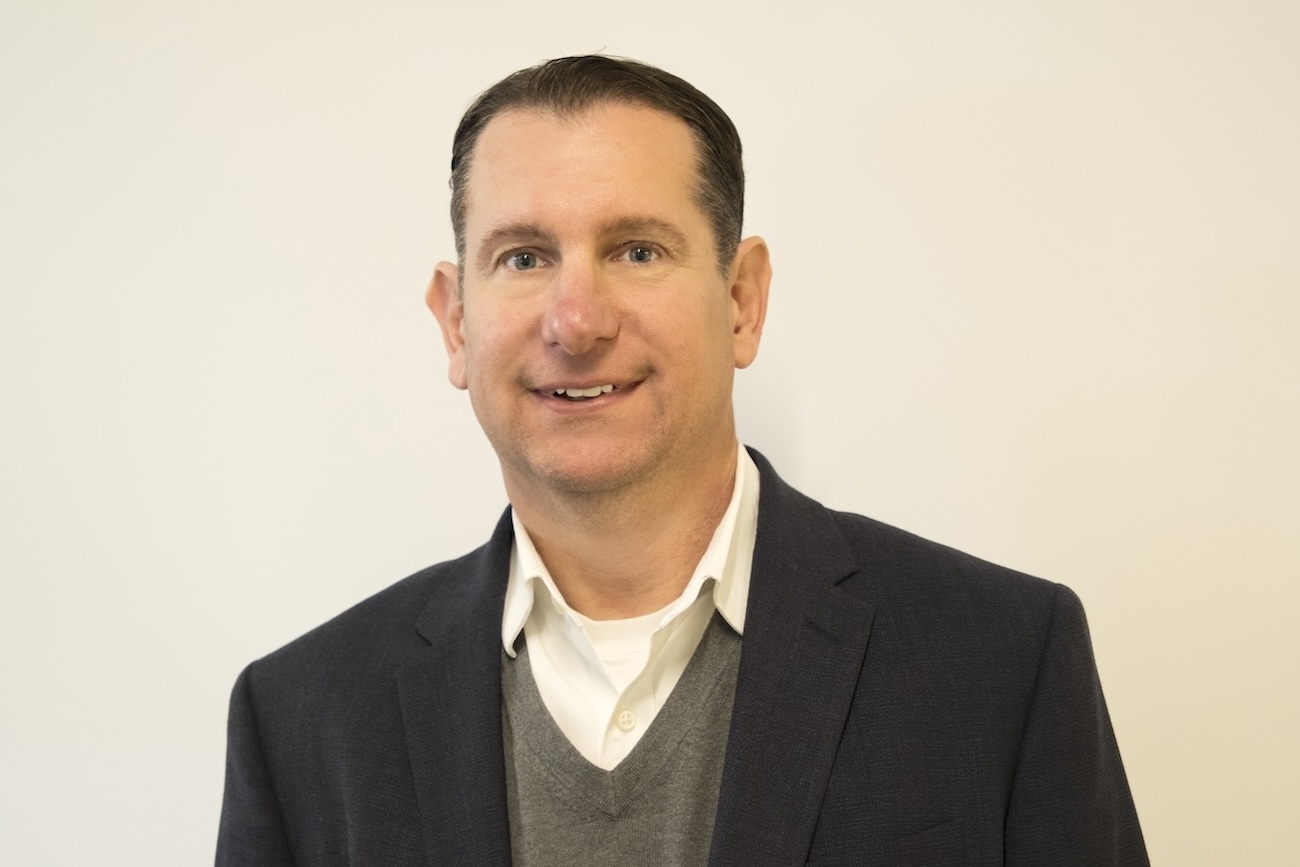
David Sabunas, AIA, ASLA
David Sabunas brings with him extensive experience in landscape architecture, urban design, retail, and civic development projects. He brings with him extensive experience in landscape architecture, urban design, retail, and civic development projects.
Design Principles
8 Tenets of Community-Based (Re)Development
Our talented team of architects and planners combines innovative thinking with meticulous attention to detail, ensuring that each master plan reflects a harmonious blend of aesthetics, functionality, and sustainability. We work together with clients and community to apply these Eight Tenets of Community-Based (Re)Development.
Economic Balance
& Phasing
Connections vs.
Intersections
Community
Needs
Intensity vs.
Density
Neighborly
Adjacencies
Community
Microeconomics
Habitat
Reconstruction
Movement vs.
Traffic
Economic Balance & Phasing
Apply knowledge to divide the plan into phases that benefit the outcome, fostering coordination, optimizing costs, and maximizing revenue potential.
RDC’s work on the redevelopment of an operational mall required extensive research to develop an updated plan that allowed the mall to continue to function.
Connections vs. Intersections
Prioritize genuine connections by placing people at the forefront of the plan. Inspire meaningful transportation and pedestrian links, minimizing the circulation footprint, connecting activity hubs, and optimizing pedestrian flow. Emphasizes human interactions, fostering diverse and inclusive communal spaces.
RDC’s Oakbrook project creates multiple pedestrian thoroughfares throughout the mixed-use project.
Community Needs
Garner a deep understanding of the local population’s daily requirements, seeking to be inclusive of a diverse resident base, we leverage tools such as social media, user interviews, and focus groups to ensure a community-driven approach.
Intensity vs. Density
Advocate for intensity over density which involves creating vibrant community nodes while leaving strategic areas undeveloped. This approach allows communities to flourish and expand without becoming diffuse, promoting sustainable growth.
By breaking open the local pattern of introverted, gated developments isolated by traffic arteries, The Glades sets the stage for a new type of development encouraging and addressing community needs.
Neighborly Adjacencies
Construct urban edges that integrate seamlessly with neighboring properties, rather than towering above or acting as buffers, respecting the existing community fabric by using gradual changes to avoid jarring or foreign adjacencies.
Community Microeconomics
Explore options such as opportunity zones, subsidized housing, grants, and partnerships to help create a nuanced and stabilized development, enriching the area’s economic landscape.
Habitat Reconstruction
Preserve natural habitats through rewilding, rather than imposing new landscapes. This philosophy encourages shared spaces for activities like rolling down hills and exploring ponds, fostering a connection with nature.
Movement vs. Traffic
Future mobility prioritizes pedestrian and mass transit mobility solutions, promoting green spaces and slowing vehicle traffic. Adopting permeable paving and living streets blurs the lines between public and private spaces.
